If you’re an avid backpacker or outdoors person, you know the importance of multi-use items. They make life easier, your pack lighter, and you happier. When you’re in the market for a new tent, it’s quite easy to get overwhelmed. With so many options out there, how does one even begin to choose? Well, let me introduce you to the Gatewood Cape. It’s a shelter and poncho all in one, weighing in at only 11 ounces! The Gatewood Cape is unlike anything else out there on the market. It has been with me on day hikes, quick overnights, and multiple months out on the Continental Divide Trail (CDT). The Gatewood Cape bundle includes both the shelter and the Serenity Net Tent, but I choose to just use the Cape, so for this review, I’ll just be talking about the Cape itself.
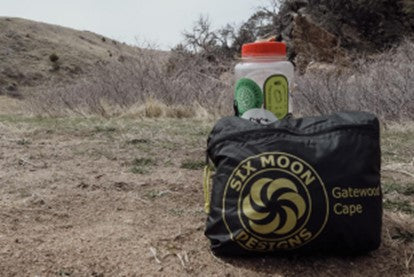
First off, obviously, the weight is a big selling point. It is so lightweight that it’s easy for it to get lost in your pack. As for any shelter that is going to be used in inclement weather, you want to make sure it’s seam-sealed. This will ensure water does not come seeping through the seams when it’s in shelter mode, but also so when in poncho mode, it keeps your body and pack dry. Setting up the tarp is quite easy unless you’re on a ridge and the wind is howling 50+mph, ha. I have found that it doesn’t really matter what corners you stake out first, as long as you give each corner enough slack, so it has enough give as the trekking pole is being inserted. Once the shelter is up, there is not much adjusting that needs to be done, which is nice. The Cape requires six stakes; however, I added two guylines on each side to give myself some more headroom and some more room at the end of the tent as well. You can bring two more stakes, or you can just tie one to the other trekking pole and one to a tree, depending on where you decide to put up the shelter. The tip of the trekking pole fits into a metal ring at the top of the shelter that is held on by a couple of mini snaps. This gives the shelter great support from all sides. I have had it in some pretty intense windstorms and that thing didn’t budge once. The top of the shelter has a pull cord, which is the synch for the hood of the cape. I found that when in shelter mode, you can totally open that hood up for better ventilation, but you obviously wouldn’t want to do this if it was raining. As someone who avidly backpacks with their dog, I was pleasantly surprised with the amount of room in the shelter, even with the vestibule all the way zippered shut. I was able to fit all my gear inside quite nicely. Now, if you combine the Cape with the Serenity Net, you will lose some floor space. The inside of the shelter is minimal, but there is a little stash pocket that I found works as a great stake bag holder as well as a good place to stash the headlamp. There was a day on the CDT that I spent a full 24 hours in the shelter due to a crazy rainstorm, and I was very comfortable.
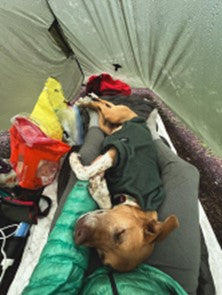

When pulling the Gatewood Cape out to use in poncho mode, it works pretty slick. The little snaps on the top of the tent are easy to undo when it starts to rain. A little pro-tip: if you know it’s going to be a rainy day when you put the shelter away when breaking camp, go ahead and unsnap the clips before you stash it so when you’re pulling the Cape out, you don’t waste time getting soaked trying to get things unsnapped. My hands get really cold in the rain, and I found that this worked great for me. My favorite thing about the Cape in poncho mode is that it covers not only your whole body down to your calves, but also covers your whole pack. The cinch hood is a great addition to keep water off your shirt or jacket. There are armholes in the cape, but I found that it worked great always keeping my arms inside the Cape. Because the material is silicone-nylon, I would NOT wear the Cape in poncho mode to do any sort of bushwhacking. You’ll find that the bottom of the cape gets caught on little sticks here and there while hiking, but I have never had an issue with getting any sort of knicks in the material. When packing up the Cape after using it as a shelter or as a poncho, it fits perfectly inside the internal stash pocket. You can just zip it up and forget about it. Since it packs up so small, you can easily attach it to the outside of your pack to let it dry when you continue hiking. It even works as a great little pillow when it’s packed up.

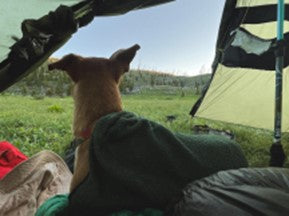
Overall, the Gatewood Cape is a great 2-in-1 shelter/poncho combination for any adventure.





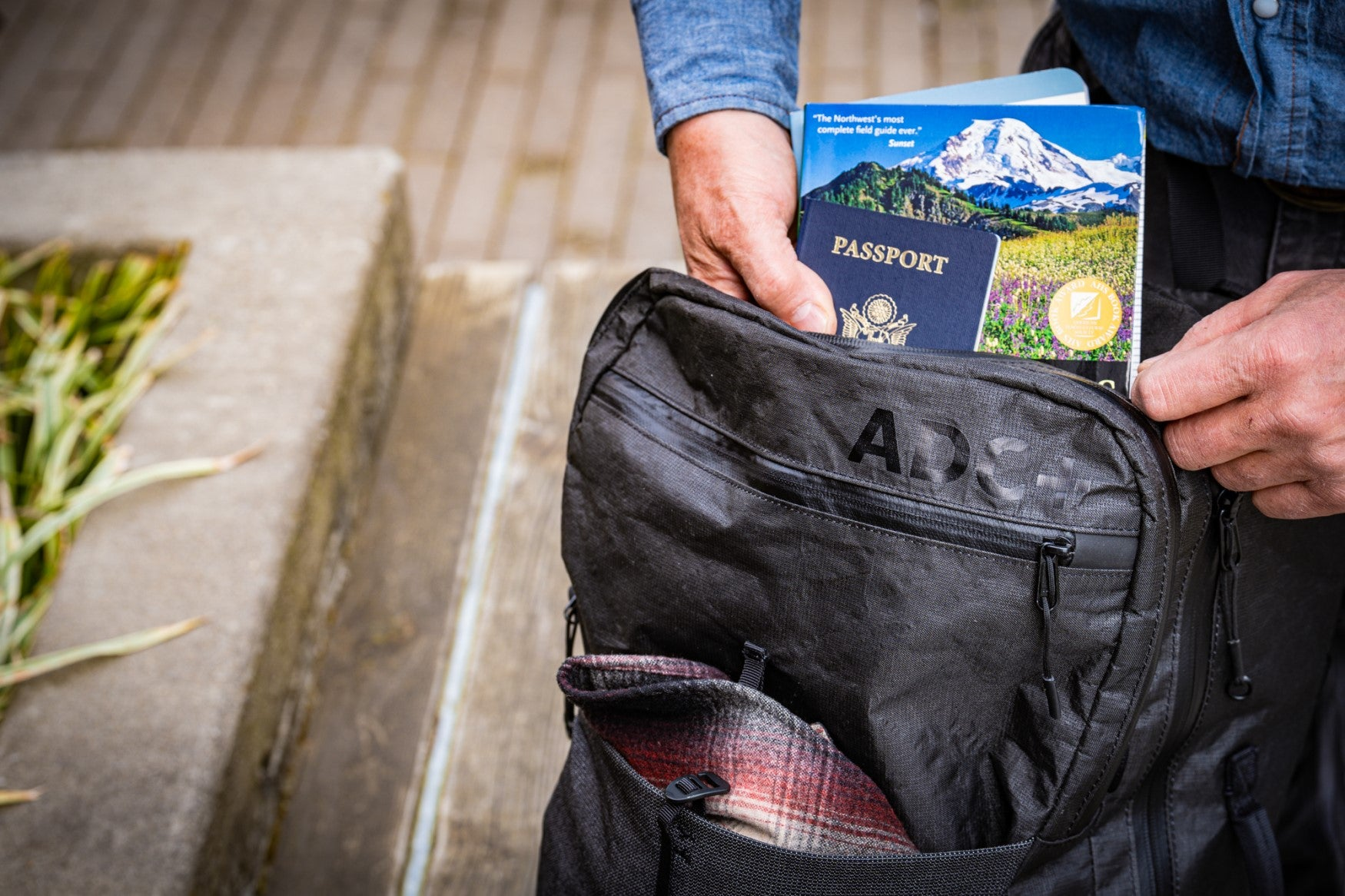



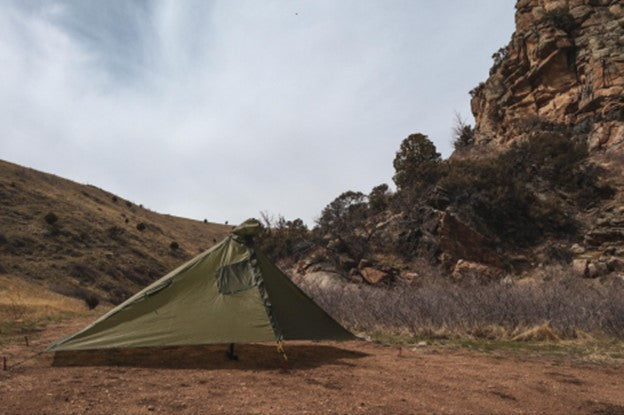


Leave a comment
This site is protected by hCaptcha and the hCaptcha Privacy Policy and Terms of Service apply.